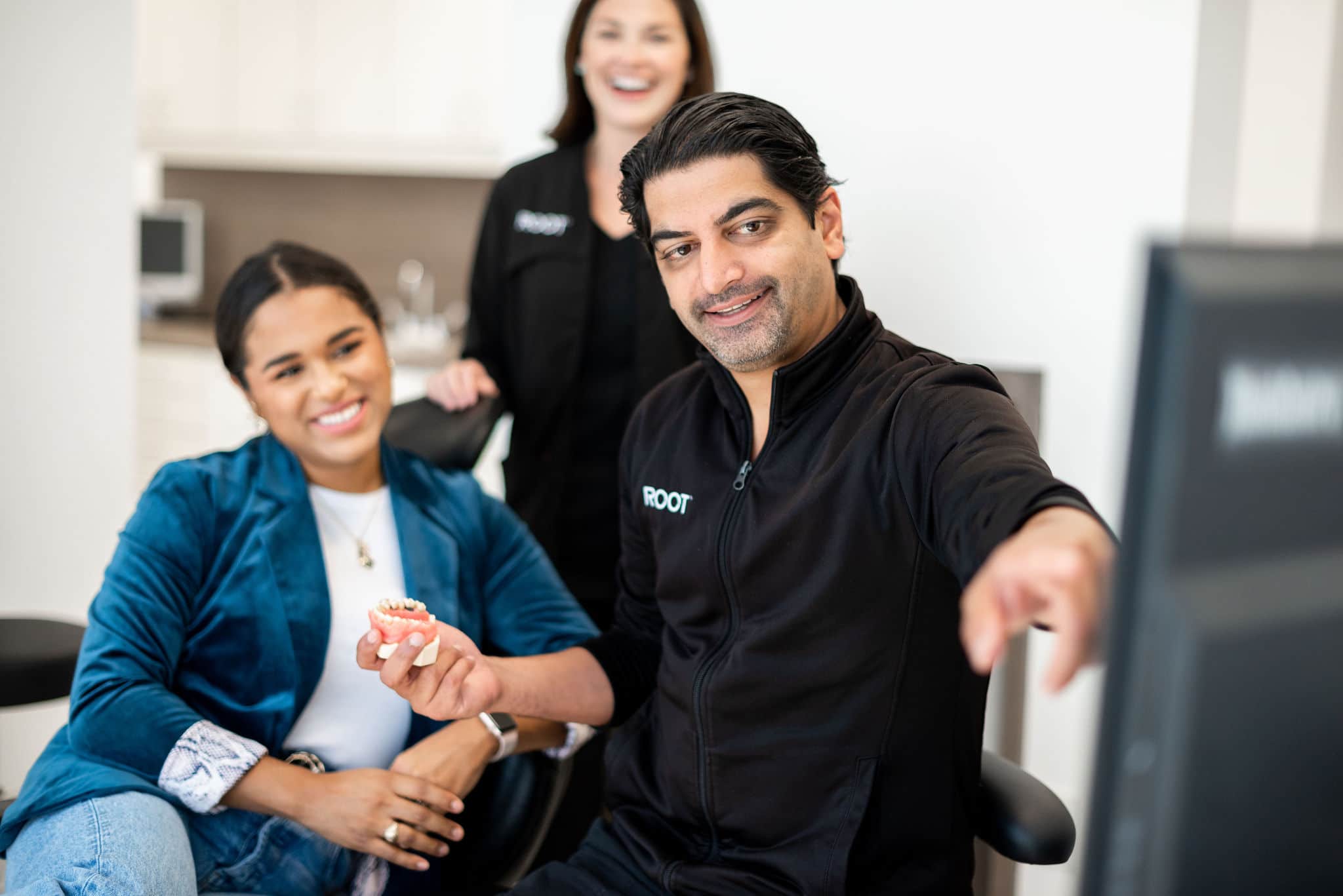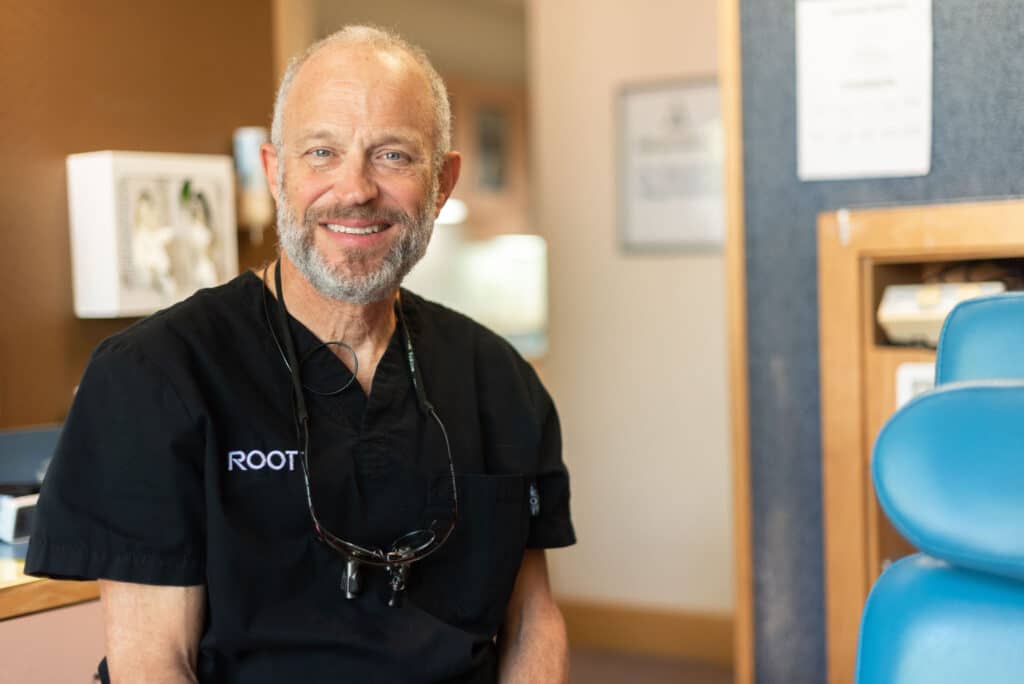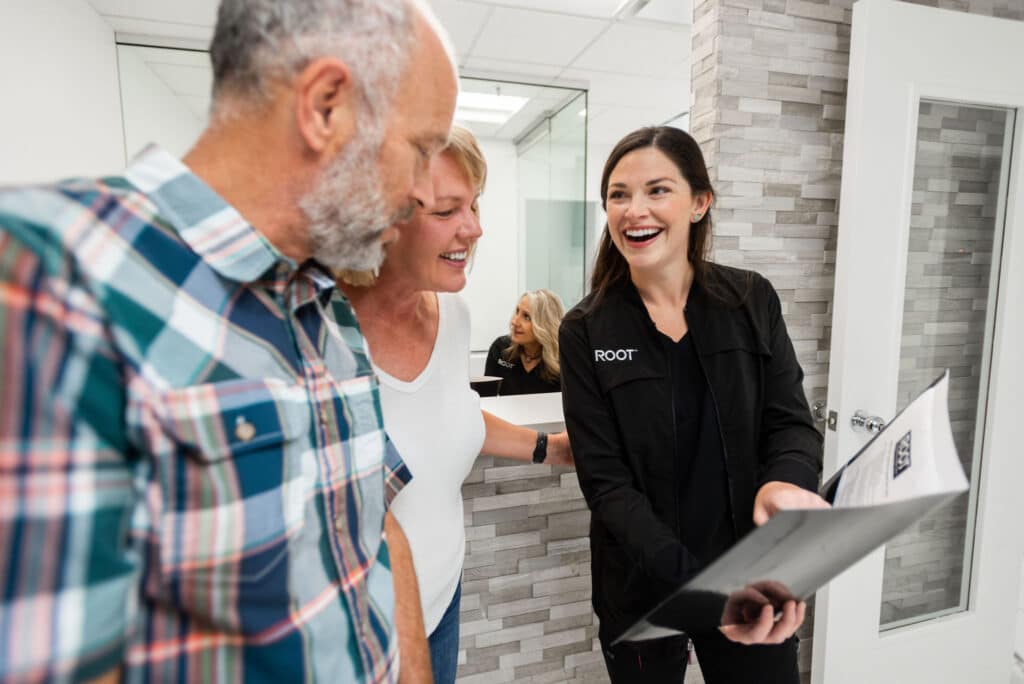Gingival Sulcus
Lined by the sulcular epithelium, the area of space between the tooth and its surrounding gingival tissue is called the gingival sulcus. Based on a published study in the Gulf Medical Journal, the sulcus appears as a small V-shaped groove around the base of the tooth. Located at the bottom of the sulcus, the cementoenamel junction ensures the gums stay attached to the surface of the tooth. When healthy, the gum tissue is firm to the touch, a pinkish to brown color, and tightly fit around the tooth. Sulcular depth of three millimeters or less in healthy conditions and can be properly cleaned with a toothbrush.
Anatomy
The dentogingival tissues has many components including the cementum or enamel of the tooth, the gingival epithelium, the sulcular epithelium, and the junctional epithelium. The junctional epithelium develops upon eruption of teeth when the oral epithelium and reduced enamel epithelium merge. Forming the first junctional epithelium, the reduced enamel epithelium is firmly attached to the tooth enamel. In cases where gum recession has occurred, the junctional epithelium attaches to the cementum rather than the enamel.
Thicker than the junctional epithelium, the sulcular epithelium does not attach to the surface of the teeth but is attached to the junctional epithelium coronally. Also referred to as Gingival Crevice, the gingival sulcus is the space between the sulcular epithelium and the surface of the tooth.
Measuring the Gingival Sulcus
Dental professionals use depth measurements of the sulcus to evaluate gum health. A research study in the Journal of Health Sciences & Research indicates that a patient’s dentist could opt for a periodontal screening assessment in order to determine the patient’s risk for developing gum disease. A fast and straightforward procedure, The Basic Periodontal Examination (BPE) is used to systematically screen the periodontal and gingival health of a patient to determine any required treatment or further assessment that could be necessary.
To take sulcus depth measurements, the dentist places a periodontal probe (much like a small ruler) issued by the World Health Organization (WHO) just under the gum tissue. Entering a space known as the gingival sulcus, the probe presses gently against the point where the gingival tissue attached to the surface of the tooth. With the exception of the 3rd molars, all teeth are examined. A patient’s dentition is split into six sextants (with three each for the maxillary and mandible):
- Top Right (17-14)
- Top Anterior (13-23)
- Top Left (24-27)
- Bottom Right (47-44)
- Bottom Anterior (43-33)
- Bottom Left (34-37)
After the probe has been run around the sulcular pockets, the highest score for each sextant must be recorded. Scores are recorded on a 0 to 4 range. Because there are several factors, specific to the patient, that can affect the BPE score dentists and periodontists have to rely on their knowledge, expertise, and experience when interpreting the score derived. The general guideline for BPE scores is:
- Score 0: No periodontal treatment is needed
- Score 1: Give the patient oral hygiene instructions
- Score 2: Give the patient oral hygiene instructions and remove factors that retain plaque
- Score 3: Give the patient oral hygiene instructions and perform root surface debridement
- Score 4: Give the patient oral hygiene instructions, perform root surface debridement, evaluate the need for more complex treatments. Refer to specialist if needed.
